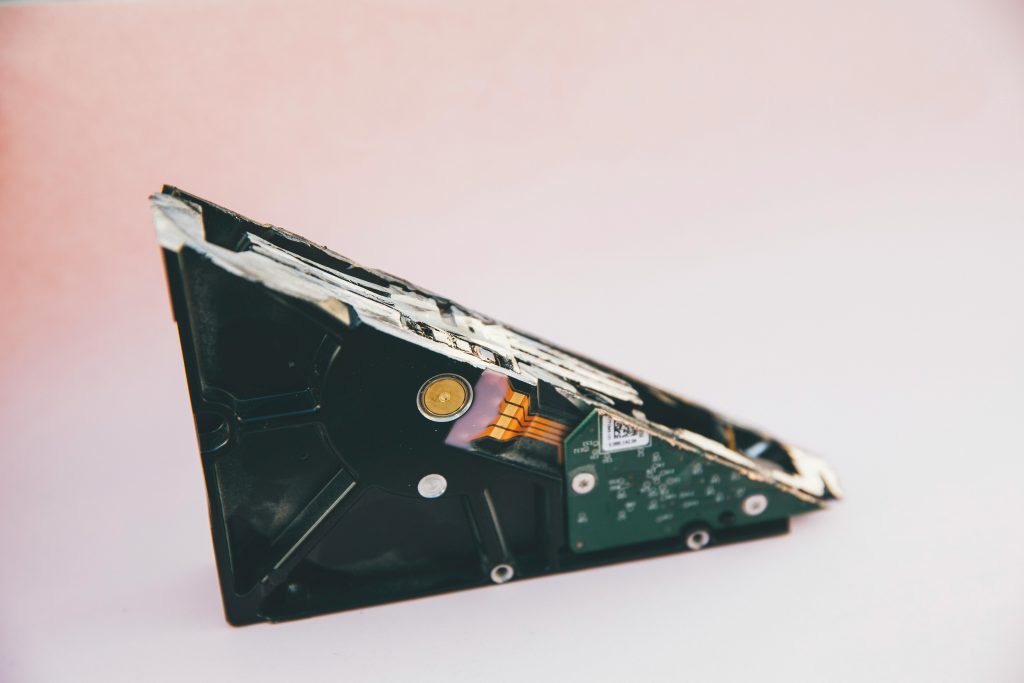Data Recovery from a G-RAID Shuttle 8 with Limited SATA Connectivity: A Detailed Guide
In the realm of data management and hardware troubleshooting, encountering storage device failures is an inevitable challenge. This article shares a practical case study on recovering data from a G-RAID Shuttle 8—an external RAID solution—when faced with hardware limitations and compatibility issues involving multiple computers. Whether you’re dealing with similar storage configurations or limited SATA ports, these insights can help you navigate your data recovery process effectively.
Understanding the Scenario
The G-RAID Shuttle 8 is known for its robust build and reliable performance, but like all hardware, it can experience failures. In this particular case, the device exhibited signs of power supply issues, prompting a closer examination. The situation was complicated by the device’s hardware constraints: only four SATA ports available, making full access to all drives challenging when using a single computer with limited connections.
Diagnosing the Hardware
Initial Troubleshooting:
– The first step was verifying whether the power supply was functioning. Despite suspected failures, the power supply tested healthy after direct testing, indicating the motherboard or controller might be at fault.
Alternative Approach:
– To access the data, the hard drives were removed and connected to two separate computers. However, none of the drives powered up—an unexpected obstacle.
Uncovering Compatibility Issues
The Key Insight:
Research revealed that the power supply, although modern, adhered to an earlier SATA specification. Notably:
- Pin 3 of the SATA connector:
- In the MSI power supply used, pin 3 supplies a 3.3V signal, but on hard drives of this era, pin 3 functions as an “enable/disable” control.
The Solution:
– To override this wiring discrepancy, a tiny piece of masking tape was carefully placed over pin 3 on each drive’s connector.
– This manual intervention enabled the drives to spin up properly, allowing access to the stored data.
Setting Up Data Recovery
Once the drives powered up, the next challenge was reading the data. Here’s how it was approached:
- Using Linux Live Environment:
- A live Linux distribution (such as Fedora) was booted on both computers—any would suffice.
-
One system was configured as an NBD server, and the other as the client, enabling network block device sharing of multiple disks.
-
**Connecting the Drives
Share this content:


